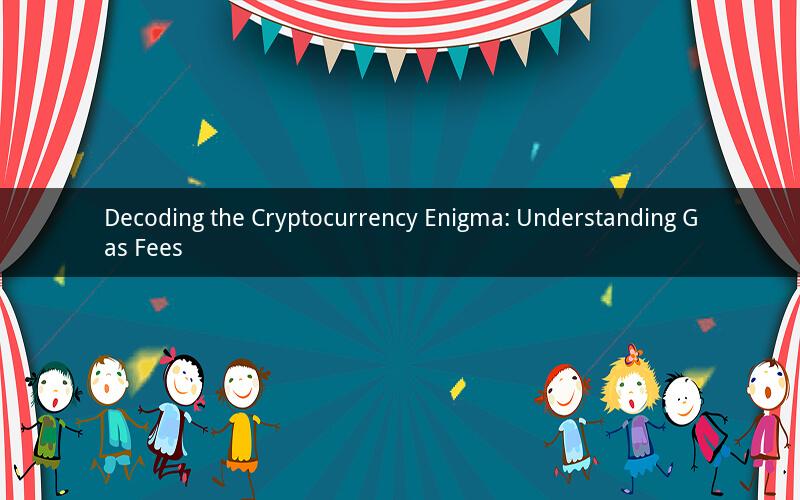
In the ever-evolving world of cryptocurrencies, one term that often leaves beginners scratching their heads is "gas fee." This fee is a crucial aspect of blockchain technology and plays a significant role in the functioning of decentralized networks. This article aims to demystify the concept of gas fees in crypto, providing an in-depth understanding of its purpose, implications, and significance.
1. What is a gas fee?
A gas fee is a small fee paid in the form of cryptocurrency (usually in the native currency of the blockchain) to compensate the network for the computational work done by miners. It is a fundamental part of the blockchain's consensus mechanism and ensures the smooth operation of decentralized applications (DApps) and smart contracts.
2. How does a gas fee work?
When a transaction is made on a blockchain, it requires validation by miners who add it to the blockchain. The gas fee serves as an incentive for miners to perform this work. The higher the gas fee, the more likely the transaction will be prioritized and processed quickly. The fee is determined by several factors, including the complexity of the transaction and the current demand on the network.
3. Why is a gas fee important?
Gas fees are crucial for maintaining the integrity and efficiency of blockchain networks. They ensure that miners are adequately compensated for their efforts, incentivizing them to secure the network. Additionally, gas fees prevent spam and unnecessary transactions from overwhelming the network. By requiring a fee, the network can maintain a balance between throughput and decentralization.
4. Factors affecting gas fees
Several factors influence the gas fees on a blockchain network:
a. Network congestion: When many transactions are competing for processing, gas fees tend to rise. This is because miners prioritize transactions with higher fees, resulting in slower confirmation times for lower-priced transactions.
b. Transaction complexity: The more complex a transaction is, the more computational work it requires. As a result, it will typically have a higher gas fee.
c. Block size limit: The block size limit determines the maximum number of transactions a blockchain can process per block. If the limit is reached, the gas fees may increase as miners compete for space in the next block.
5. Gas fee strategies
To minimize the impact of gas fees on your cryptocurrency transactions, consider the following strategies:
a. Batch transactions: Instead of making multiple small transactions, combine them into a single transaction to reduce gas fees.
b. Use Layer 2 solutions: Layer 2 scaling solutions, such as the Ethereum scaling protocol Optimism, can help reduce gas fees by processing transactions off the main blockchain.
c. Choose the right time: Monitor the network's gas fees and perform transactions during periods of lower congestion.
d. Optimize smart contracts: Review and optimize your smart contracts to minimize their computational requirements and reduce gas fees.
6. Gas fees and the future of crypto
As the cryptocurrency industry continues to grow, the importance of gas fees will only increase. Innovations in blockchain technology, such as sharding and cross-chain communication, aim to address the limitations of current gas fee structures. These advancements will likely lead to more efficient and cost-effective networks.
Frequently Asked Questions:
1. What is the difference between a gas fee and a transaction fee?
A gas fee is a specific type of transaction fee used in blockchain networks that require computational work. In contrast, a transaction fee can refer to any fee paid to initiate a transaction on a blockchain network, regardless of the required computational work.
2. Can I avoid paying a gas fee?
While you cannot completely avoid a gas fee, you can minimize its impact by following the strategies mentioned above, such as batching transactions and using Layer 2 solutions.
3. Why do gas fees fluctuate?
Gas fees fluctuate due to network congestion, transaction complexity, and other factors that affect the demand for mining services.
4. Can a high gas fee affect the performance of a DApp?
Yes, a high gas fee can significantly impact the performance of a DApp. Users may face longer confirmation times, and developers may need to optimize their applications to reduce gas consumption.
5. How can I keep track of gas fees?
Stay informed about gas fees by using blockchain explorers, cryptocurrency exchanges, or third-party tools that provide real-time data on network congestion and gas prices.